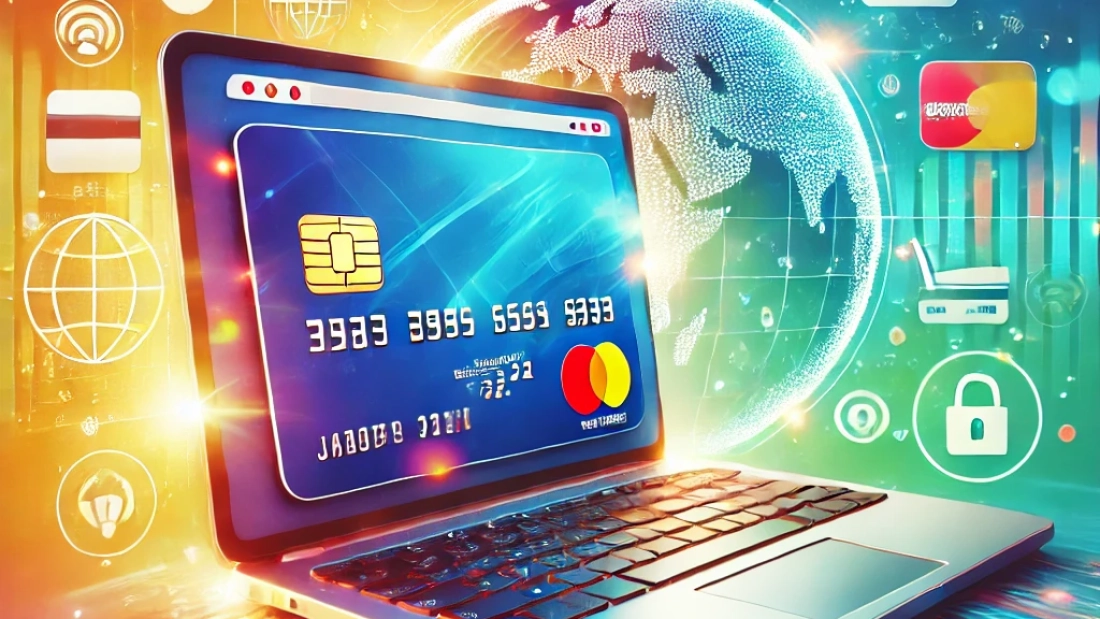High-risk businesses, due to their industry nature or transaction volume, face significant challenges in securing payment information and safeguarding transactions. Implementing robust security measures is crucial to protect against fraud, data breaches, and financial loss. This detailed guide provides best practices for safeguarding payment information and an overview of security technologies and protocols essential for high-risk merchants.
1. Best Practices for Safeguarding Payment Information
1.1 Implement Strong Encryption Protocols
- Data Encryption: Encryption is a fundamental security measure for protecting sensitive payment information. Use Advanced Encryption Standard (AES) with 256-bit keys to encrypt data at rest and in transit. This ensures that even if data is intercepted or accessed unlawfully, it remains unreadable.
- Transport Layer Security (TLS): Utilize TLS to encrypt data transmitted over the internet. Ensure that your website and payment gateway use the latest version of TLS to protect against man-in-the-middle attacks and eavesdropping.
1.2 Adopt Tokenization
- Tokenization Basics: Tokenization replaces sensitive payment data, such as credit card numbers, with unique, randomly generated tokens. These tokens are used for transactions instead of actual payment information, reducing the risk of data breaches.
- Implementation: Integrate tokenization into your payment processing system to minimize the storage and handling of sensitive data. Ensure that your payment gateway and processors support tokenization.
1.3 Utilize Multi-Factor Authentication (MFA)
- MFA Overview: Multi-Factor Authentication adds an extra layer of security by requiring multiple forms of verification before granting access. Typically, MFA involves something the user knows (password), something the user has (smartphone), and something the user is (biometrics).
- Application: Implement MFA for accessing payment processing systems, administrative accounts, and sensitive data. Ensure that MFA methods, such as SMS codes, authentication apps, or biometric verification, are user-friendly and effective.
1.4 Regularly Update and Patch Systems
- Software Updates: Keeping software and systems up-to-date is crucial for security. Regularly apply updates and patches to your payment processing software, operating systems, and security tools to address known vulnerabilities and enhance protection.
- Automated Patching: Consider using automated patch management solutions to ensure that updates are applied promptly and consistently, reducing the risk of exploitation from outdated software.
1.5 Conduct Regular Security Audits and Penetration Testing
- Security Audits: Regular security audits help identify vulnerabilities and weaknesses in your systems. Engage with third-party security experts to perform comprehensive audits and provide recommendations for improvements.
- Penetration Testing: Conduct periodic penetration tests to simulate cyber-attacks and evaluate your system’s resilience. Testing helps uncover potential security flaws and assess the effectiveness of your defenses.
1.6 Educate and Train Employees
- Employee Training: Regularly train employees on security best practices, phishing awareness, and data protection. Ensure that staff understand the importance of safeguarding payment information and following security protocols.
- Security Policies: Develop and enforce comprehensive security policies that outline procedures for handling sensitive data, reporting security incidents, and maintaining compliance with industry standards.
2. Overview of Security Technologies and Protocols
2.1 Secure Payment Gateways
- Gateways: A secure payment gateway facilitates transaction processing by encrypting payment information and ensuring secure communication between merchants, banks, and customers.
- Features: Look for payment gateways that offer features such as fraud detection, tokenization, encryption, and secure authentication. Ensure that the gateway complies with Payment Card Industry Data Security Standard (PCI DSS) requirements.
2.2 Fraud Detection and Prevention Systems
- Fraud Detection: Implement advanced fraud detection systems that use AI and machine learning to analyze transaction patterns, identify anomalies, and flag potentially fraudulent activities.
- Prevention Tools: Utilize tools such as Address Verification Service (AVS), Card Verification Value (CVV) checks, and 3D Secure (3DS) to prevent unauthorized transactions and verify the legitimacy of payment details.
2.3 Firewalls and Intrusion Detection Systems (IDS)
- Firewalls: Firewalls act as a barrier between your internal network and external threats. Configure and maintain firewalls to monitor and control incoming and outgoing traffic based on predefined security rules.
- Intrusion Detection Systems (IDS): IDS monitors network traffic and system activities for signs of malicious behavior. Deploy IDS to detect and respond to potential security breaches in real-time.
2.4 Secure Socket Layer (SSL) Certificates
- SSL Certificates: SSL certificates establish a secure, encrypted connection between a web server and a browser. Ensure that your website uses SSL certificates to protect data transmitted between customers and your payment processing system.
- Certificate Management: Regularly renew and manage SSL certificates to maintain secure connections. Use certificates issued by trusted Certificate Authorities (CAs).
2.5 Data Backup and Recovery
- Backup Solutions: Implement regular data backup procedures to ensure that critical payment information and system configurations are securely stored. Use encrypted backups to protect data from unauthorized access.
- Recovery Plan: Develop and maintain a comprehensive disaster recovery plan to quickly restore operations in the event of a security incident or data loss. Regularly test and update the recovery plan to ensure its effectiveness.
3. Conclusion
Implementing robust security measures is essential for high-risk businesses to protect payment information and ensure secure transactions. By adopting best practices such as encryption, tokenization, MFA, and regular security audits, and leveraging advanced security technologies, you can safeguard your business against fraud, data breaches, and financial loss. Prioritizing security not only protects your business but also builds trust with your customers and partners.
For more information on safeguarding your transactions and enhancing security measures, visit High Risk Match.
Contact Us:
- Email: info@highriskmatch.com
- Phone: 1-877-242-2009
Feel free to reach out for personalized security solutions tailored to your high-risk business needs!
Meta Description: Discover essential security measures for high-risk businesses to protect payment information and transactions. Learn about best practices and advanced security technologies to safeguard against fraud and data breaches.
Keywords: high-risk businesses, payment security, encryption, tokenization, multi-factor authentication, fraud detection, payment gateways, SSL certificates, data backup


